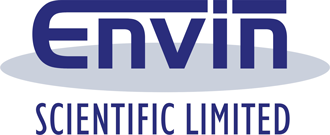
How fluorescence filters can look for Vitamin B2 in tumours
Fluorescence filters could soon represent a simple and low-cost method by which to spot the cancerous stem cells in a tumour, thanks to their Vitamin B2 content.
Early Detection
A team at the Spanish National Cancer Research Centre have found a “breakthrough” in cancer stem cell detection, and it’s thanks to Vitamin B2, commonly known as riboflavin.
This accumulates in intracellular vesicles, and emits a green fluorescence, allowing it to be tracked, isolated and purified relatively easily.
It’s crucial because cancer stem cells can account for as little as 1-2% of the mass of a tumour, but are believed to make a large contribution towards tumours’ drug resistance.
Autofluorescent tracking
“The discovery of this new marker is a breakthrough, as it can select for tumour stem cells, which are the most invasive and chemical-resistant cancer cells,” says Irene Miranda, first author on a report of the research in Nature Methods.
“Autofluorescence allows these cells to be tracked in an easy, simple and inexpensive way, as well as to study the origin of the tumours’ chemical resistance.”
The full mechanism behind the accumulation of riboflavin in cancer stem cells is not yet known; however, the discovery of the process could still allow fluorescence filters to be used in medical imaging equipment to identify the cells more easily in the future.
Contact us today to speak to someone about fluorescent filters we design and manufacture.

